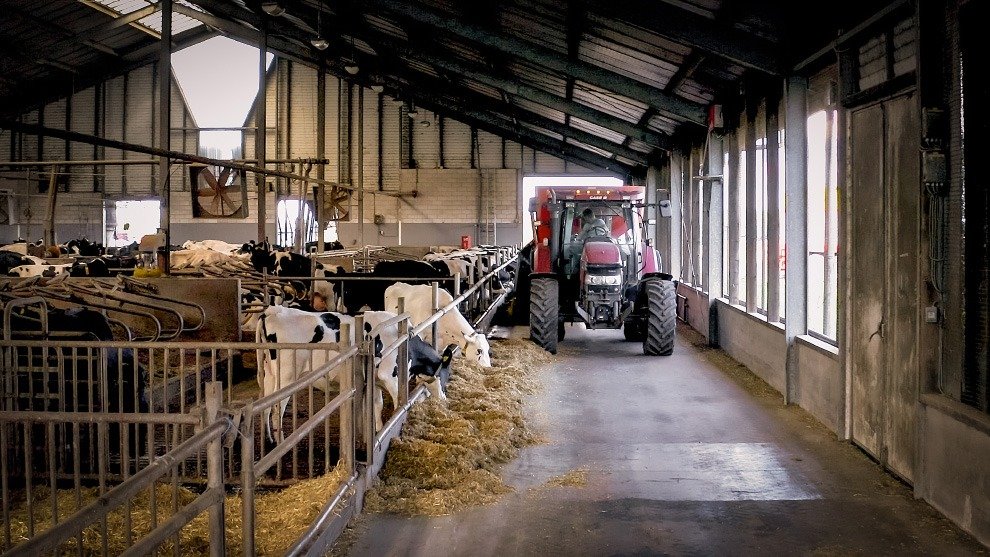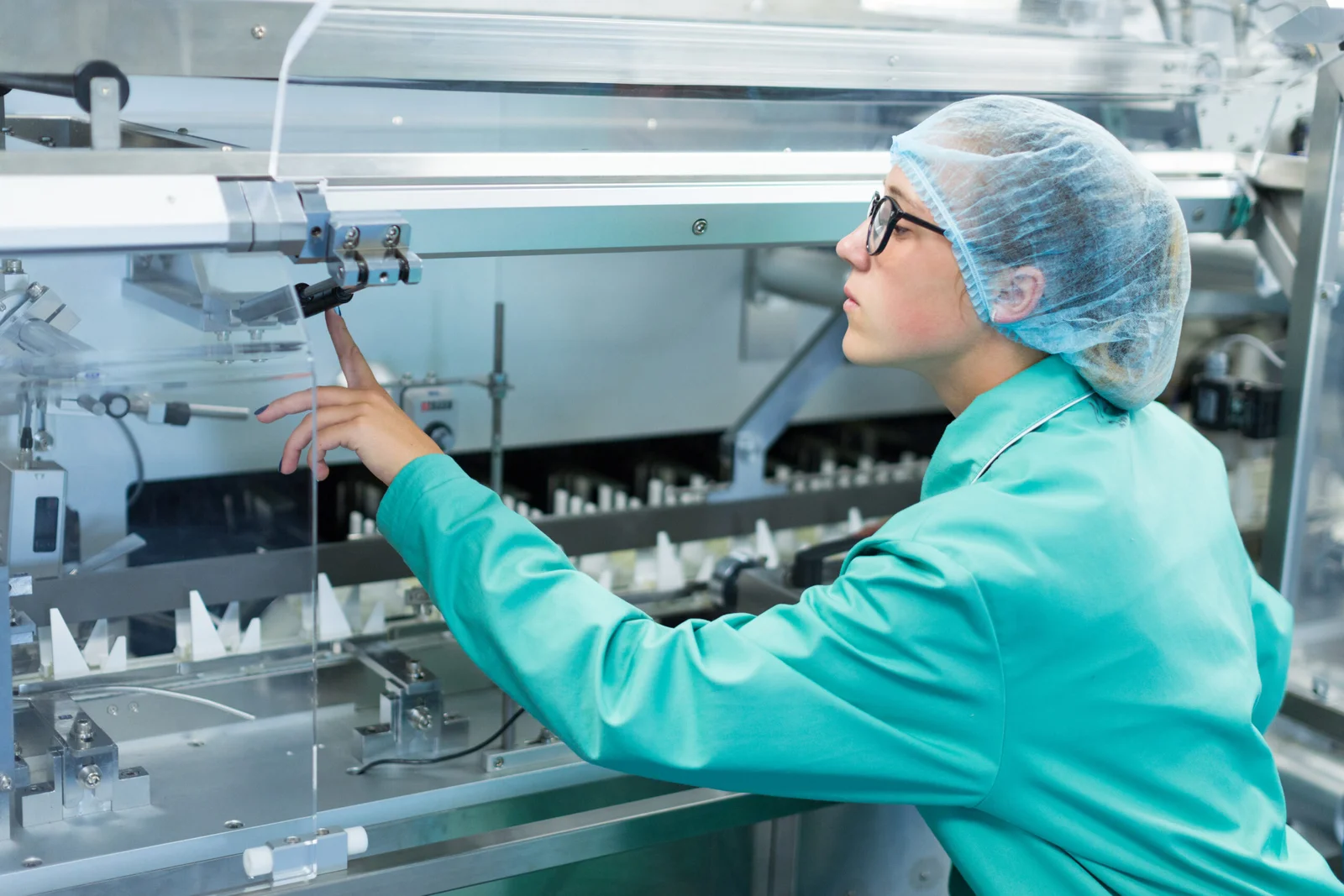As the society is developing intensively, there is an increase in the demand for higher efficiency and sustainable agricultural practices. Another change that is currently a great revolution in farming is Precision Feeding Technologies. But what does precision feeding mean and why is it important element of the modern agriculture?
What is Precision Feeding?
Precision feeding is a technology driven approach to providing livestock with the right nutrients at the right time in the right amounts. Precision feeding is quite different from the conventional feeding system where animals are fed uniformly regardless of their requirements; the feed is calculated based on individual animal characteristic data in a bid to enhance both animal welfare and business performance.
This is best done using several technologies like sensors and feeders as well as data analysis and processing. These systems acquire details on the overall health, behaviour and feed intake of the animals and in turn control the feeding times and nutrient intakes required for the animals.
How Does Precision Feeding Work?
Thus, precision feeding is based on the use of sensoring and algorisms for the determination of concrete animal’s necessity. Here’s how it typically works:
1. Data Collection: Electronic ear tags or tags worn around animals’ necks, pieces of equipment fastened on feeding areas gather information concerning an animal’s exercise, health status, and even the amount of feed that the animal has consumed.
2. Data Analysis: The collected data is then analyzed and evaluated with the help of complex and relays algorithms. These algorithms are used to establish the extent of portioning for food and the nutrient that each animal is to be given.
3. Automated Adjustments: The feeding systems control the proportion and, type of ration provided to the animals depending on what is required by the animal kept within the system.
The Benefits of Precision Feeding
1. Improved Animal Health and Welfare: Whereas precision feeding ensures that the right nutrients are fed to the livestock hence avoiding cases of overfeeding or underfeeding which causes health issues. It also pays for the best animal nourishment and gains, fecundity, and state of health.
2. Enhanced Feed Efficiency: Another objective of precision feeding is to increase feed conversion on the animal production system. Through fine-tuning the feed ration per animal nutrient requirement, the farmers will minimize waste and the process will enhance productivity.
3. Sustainability: Efficient feeding also helps inculcate fertility hence decreasing the effects of farming. Through using only required quantity of feed, the farmer can save on feed hence reducing on excess feed leading to more production of green house gases such as methane in livestock farming.
4. Cost Savings: There will be initial costs of installing precision feeding technologies but when the technologies have been purchased, setting them up is relatively cheap. Higher feed conversion, therefore means lower feed costs, lower costs of medical bills resulting from well healthy animals and productivity gains.
Technologies Behind Precision Feeding
Five core technologies enable the implementation of precision feeding. Let’s explore some of the most prominent ones:
1. Sensors and Wearable Devices
Food products, animal accessories including collars and tiny chips with RFID tags are used to track animals’ condition and activities. These sensors are able to monitor some factors such as physical activity, temperature, and rumination. The collected information is then sent to a central system, which uses it to make feeding determinations.
2. Automated Feeding Systems
Field based feeding program feed during certain time periods automatically; it is a program for feeding the right portion size depending on real time data. They can be connected with other device like sensors and other measuring facilities to alter the feed timing and portions for separately or in a group of animals.
3. Data Analytics and Machine Learning
Precision feeding is based on data analytics and machine learning algorithm. These technologies analyze data acquired from sensors and other automatic systems to make useful information. For instance, the algorithms can indicate the correct portion size for feed afl a certain age or gender or signal arterial signs of disease in growing animals.
4. Precision Livestock Farming (PLF) Software
Precision feeding is George’s passion as seen through the width and depth of his PLF software, which gathers data from sensors or wearables, as well as from automated feeders. By developing its feeding calculator, the software empowers farmers with information regarding the health and performance of their animals and in turn improves feeding information decisions.

Applications of Precision Feeding Technologies
Precision feeding is not confined to a specific sector of farming but can be adopted in different livestock farming business. Some of the most common applications include:
1. Dairy Farming
On many dairy farms nutrient or energy feeding is applied with the purpose of achieving the highest level of milk yield possible without detriment to the cattle. Healthier animals mean higher and better quality milk production, less feed wastage through well balanced nutrients for the cows.
2. Poultry Farming
The managerial feeding method known as precision feeding is gradually gaining popularity in poultry farming with a view towards improving the health status, growth rate and overall performance of chicken and other poultry species. When the diet is managed to fit the need of the bird, the farmers will increase the rates of feed conversion and increase the environmental effects of poultry production.
3. Swine Farming
In swine farming, precision feeding technologies that are implemented are aimed at increasing growth rates among pigs and giving them optimum health. Computerized feeding systems can feed the pigs the necessary amounts at various times of growth hence consuming less feed but producing more.
4. Beef Cattle Farming
Information management is very important in beef cattle farming especially in feeding or providing the cattle with their feeds depending on their size and feeds conversion efficiencies. To some extent, farmers are able to cut down feed waste since precision feeding allows them to closely match the cattle’s feed intake with the animals’ requirements.
Challenges and Considerations
While precision feeding offers numerous benefits, there are challenges that farmers must consider when adopting these technologies:
1. High Initial Investment: One of the major challenges for farmers is often the initial capital expenditure costs associated with precision feeding technologies such as sensors, automation systems and software.
2. Technical Expertise: For precision feeding technologies to be of any usefulness to the farmers they must possess some technical knowledge. This may call for a need for further training or outsourcing of the expertise to qualified workers.
3. Data Management: Because the information that is gathered by the precision feeding systems is tremendous, handling and analyzing such information may sometimes be a difficult task. But for farmers, they need to make sure they have the infrastructure to provide, store data to process it efficiently.
4. Integration with Existing Systems: Despite a vast potential for precision feeding systems, implementing them in farming entails the challenge of compatibility with earlier adopted farming operations, feeder equipment, and feeding strategies.
The Future of Precision Feeding Technologies
Further enhanced when technology is taken into consideration, there is still a larger potential of precision feeding to revolutionize agriculture. It can be only speculated that the next generation of precision feeding systems will incorporate artificial intelligence, blockchain or other new technologies. Such advancements will also serve to expand the potential for improving feed conversion rates and minimizing the effects of un-favorable production factors on animals.
Conclusion
Precision feeding technologies is one of the cutting edge technologies available in the modern practice of agriculture, which has so many advantages as perceived by the managers of farms and the animals on these farms. When feeding is precise, showing differences in feeding times or feed ratios to fulfill the demands of the animal, an improved health of animals, the efficiency of utilizing feeds, and sustainability, can be achieved. However, there are some barriers to implementing these technologies but as it has been seen the benefits in terms of costs and efficiency make it worth it in the future of the agricultural business.
FAQs
1. How do farmers benefit from precision feeding most of the time?
The biggest benefit of the process is enhanced feed conversion which results in lowered costs, reduced feed losses and overall better farm performance.
2. Can precision feeding be applied to all types of livestock?
Yes, precision feeding is applicable in all classes of livestock production system such as dairy, poultry, swine, beef cattle etc.
3. How does precision feeding help reduce environmental impact?
Through the selective feeding, precision feeding provides adequate feed to animals in a manner that cuts down on feed wastage and production of methane and other greenhouse gases that are generated from animal production.
4. Is precision feeding technology expensive to implement?
Indeed, there can be high start-up costs, but over the time, the costs of feed and the overall productivity could make for very good investment.
5. Are precision feeding technologies likely to change in the future?
Yes, with the increase in the level of innovation, precision feeding systems will be improve by the incorporation of even artificial intelligence, machine learning among other facilities.

